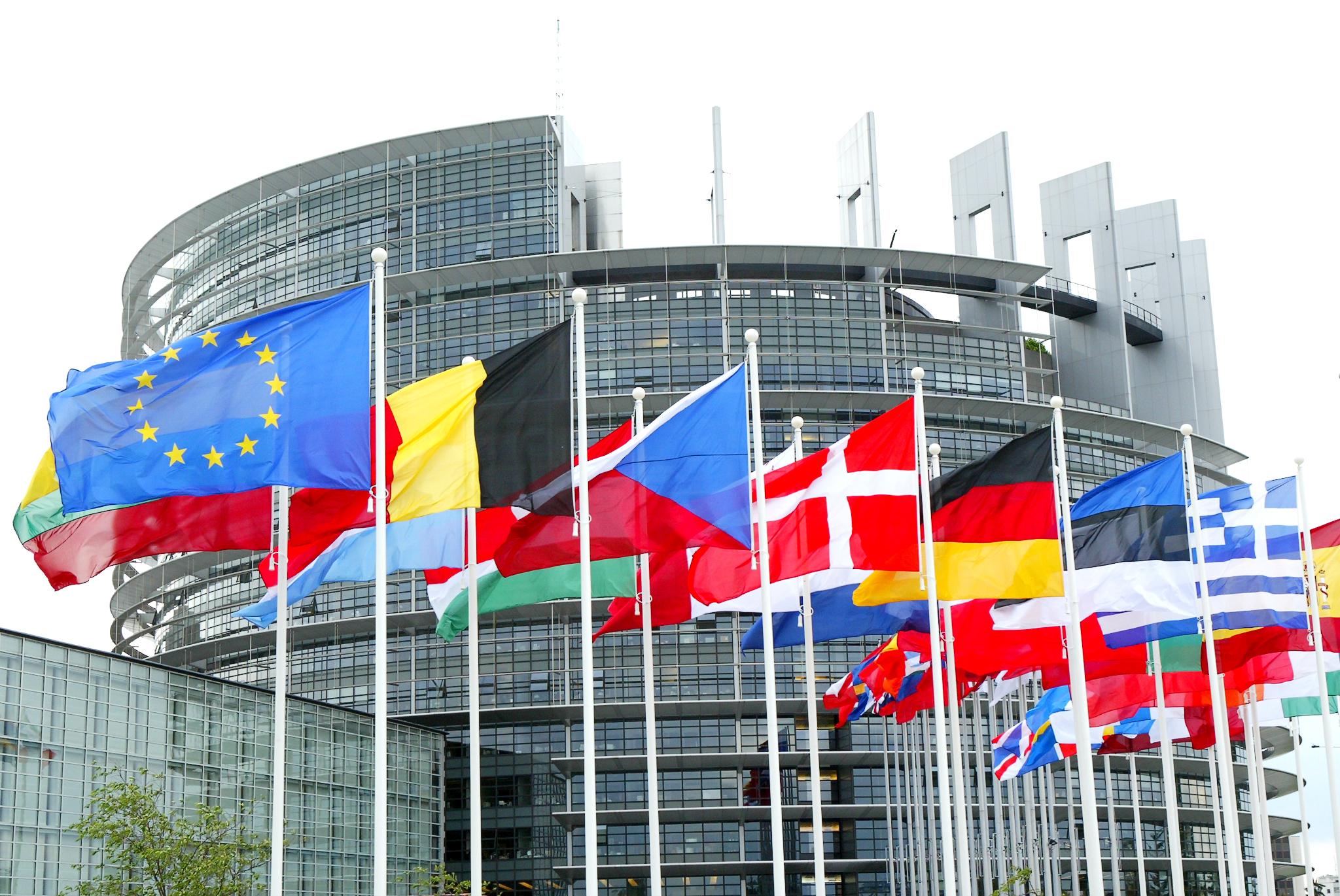The European Council adopted a recommendation on a coordinated approach to the restrictions of free movement in response to the COVID-19 pandemic. This recommendation aims to avoid fragmentation and disruption, and to increase transparency and predictability for citizens and businesses.

“The COVID-19 pandemic has disrupted our daily lives in many ways. Travel restrictions have made it difficult for some of our citizens to get to work, to university or to visit their loved ones. It is our common duty to ensure coordination on any measures which affect free movement and to give our citizens all the information they need when deciding on their travel”, said Michael Roth, Germany’s Minister of State for Europe .
Any measures restricting free movement to protect public health must be proportionate and non-discriminatory, and must be lifted as soon as the epidemiological situation allows.
Common criteria and mapping
Every week, member states should provide the European Centre for Disease Prevention and Control (ECDC) with the data available on the following criteria:
- number of newly notified cases per 100 000 population in the last 14 days
- number of tests per 100 000 population carried out in the last week (testing rate)
- percentage of positive tests carried out in the last week (test positivity rate)
Based on this data, the ECDC should publish a weekly map of EU member states, broken down by regions, to support member states in their decision-making. Areas should be marked in the following colours:
- green if the 14-day notification rate is lower than 25 and the test positivity rate below 4%
- orange if the 14-day notification rate is lower than 50 but the test positivity rate is 4% or higher or, if the 14-day notification rate is between 25 and150 and the test positivity rate is below 4%
- red if the 14-day notification rate is 50 or higher and the test positivity rate is 4% or higher or if the 14-day notification rate is higher than 150
- grey if there is insufficient information or if the testing rate is lower than 300
Free movement restrictions
Member states should not restrict the free movement of persons travelling to or from green areas.
If considering whether to apply restrictions, they should respect the differences in the epidemiological situation between orange and red areas and act in a proportionate manner. They should also take into account the epidemiological situation in their own territory.
Member states should in principle not refuse entry to persons travelling from other member states. Those member states that consider it necessary to introduce restrictions could require persons travelling from non-green areas to:
- undergo quarantine
- undergo a test after arrival
Member states may offer the option of replacing this test with a test carried out before arrival.
Member states could also require persons entering their territory to submit passenger locator forms. A common European passenger locator form should be developed for possible common use.
Coordination and information to the public
Member states intending to apply restrictions should inform the affected member state first, prior to entry into force, as well as other member states and the Commission. If possible the information should be given 48 hours in advance.
Member states should also provide the public with clear, comprehensive and timely information on any restrictions and requirements. As a general rule, this information should be published 24 hours before the measures come into effect.
Background information
The decision on whether to introduce restrictions to free movement to protect public health remains the responsibility of member states; however, coordination on this topic is essential. Since March 2020 the Commission has adopted a number of guidelines and communications with the aim of supporting member states’ coordination efforts and safeguarding free movement within the EU. Discussions on this topic have also taken place within the Council.
On 4 September, the Commission presented a draft Council recommendation on a coordinated approach to restrictions to freedom of movement.
The Council recommendation is not a legally binding instrument. The authorities of the member states remain responsible for implementing the content of the recommendation.
Statement
Following the proposal of the Commission on 4 September 2020, today EU ministers have reached an agreement that will provide more clarity and predictability on measures that restrict free movement due to the coronavirus pandemic.
The Commission welcomes the adoption by the Council and issued the following statement:
“Our right to move freely across the EU has been severely impacted by the pandemic. On top of this, citizens have been faced with so many different rules and procedures, unclear information about areas of high and low risk, and a lack of clarity about what to do when travelling. A month ago, the Commission put forward a proposal on how to address these challenges and support the millions of EU citizens who travel in the EU every day. Today, Member States have reached an agreement on how to put this into practice.
We welcome this agreement to bring more order to a currently confusing situation. The coming together of Member States sends a strong signal to citizens and is a clear example of the EU acting where it absolutely should. We have learned our lessons: we will not surmount the crisis by unilaterally closing borders, but by working together.
 A common map with common colour codes based on common criteria, produced by the European Centre for Disease Control, is the first important outcome. We now call on Member States to ensure that the necessary data is provided so that the map can be updated on a weekly basis with accurate information on the epidemiological situation in the EU and its regions.
A common map with common colour codes based on common criteria, produced by the European Centre for Disease Control, is the first important outcome. We now call on Member States to ensure that the necessary data is provided so that the map can be updated on a weekly basis with accurate information on the epidemiological situation in the EU and its regions.
Secondly, while Member States can still decide what restrictive measures they apply such as quarantine or tests, we call on Member States to ensure that citizens are given clear and timely information about what they must do, and which restrictions are in force, as per the agreement today. Member States also agreed on the mutual recognition of tests, and we will continue to work with them on better coordination of testing and quarantine requirements.
For the millions of citizens with an essential reason to travel, be it for important family reasons, for their livelihoods, or to ensure that we receive the goods we need, today’s agreement will also be a welcome improvement to a currently precarious situation. No quarantine measures should be applied in these cases.
Our strength as a Union is when we act as one, to protect our common rights and freedoms and the health of our citizens. Today’s agreement is a good example of this.”
All information about travelling in the EU will be available on the ‘Re-open EU’ platform, where the common map published regularly by the European Centre for Disease Prevention and Control will also be cross-referenced.
With regard to any restrictions to free movement, Member States should provide clear, comprehensive and timely information, including about any accompanying requirements (for example negative tests for COVID-19 infection or passenger locator forms), as well as the measures applied to travellers travelling from higher risk areas) as early as possible before new measures come into effect. As a general rule, this information should be published 24 hours before the measures come into effect, taking into account that some flexibility is required for epidemiological emergencies. This information will also be made available on the ‘Re-open EU’ web platform.




